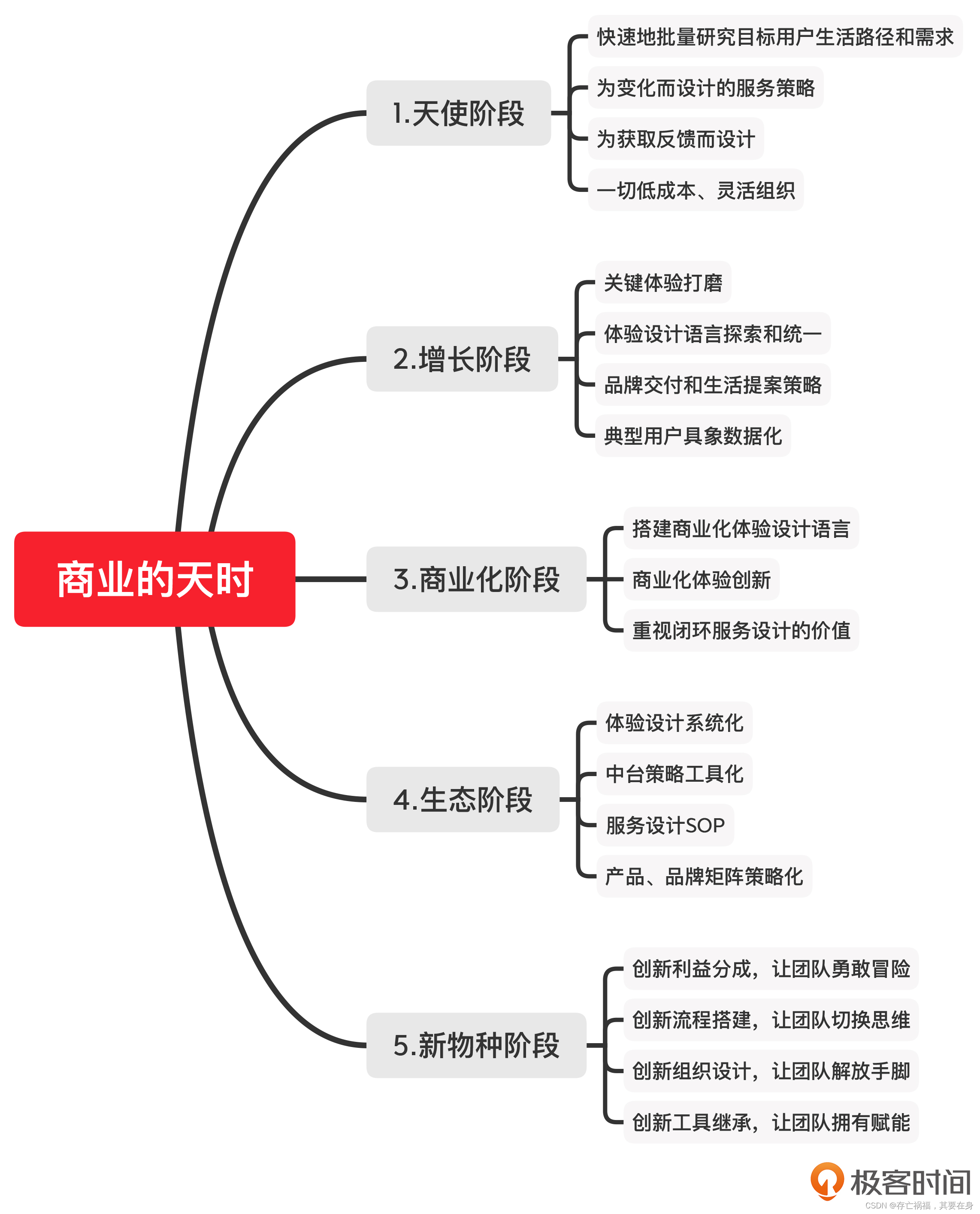
文章目录
- 前言
- 为什么学习string类?
- 1. string函数常用接口介绍
- 1.1 string容器基本概念
- 1.2 string构造函数
- 1.3 string访问和修改
- 1.4 string插入和删除
- 1.5 string赋值操作
- 1.5 string字符串拼接
- 1.7 string查找和替换
- 1.8 string子串
- 1.9 string类对象的容量操作
- 2. string类的模拟实现
- 实现string的构造
- 实现string的析构函数
- 实现reserve和resize
- 实现string的拷贝构造
- 实现string赋值运算符重载
- 实现string的insert函数
- mini版string完整代码
前言
为什么学习string类?
C语言中,字符串是以’\0’结尾的一些字符的集合,为了操作方便,C标准库中提供了一些str系列的库函数,
但是这些库函数与字符串是分离开的,不太符合OOP的思想,而且底层空间需要用户自己管理,稍不留神可
能还会越界访问。
在刷OJ题中,有关字符串的题目基本以string类的形式出现,而且在常规工作中,为了简单、方便、快捷,基本
都使用string类,很少有人去使用C库中的字符串操作函数。
1. string函数常用接口介绍
1.1 string容器基本概念
string类的文档介绍
本质:
- string是C++风格的字符串,而string本质上是一个类
- string是表示字符串的字符串类
- 该类的接口与常规容器的接口基本相同,再添加了一些专门用来操作string的常规操作。
在使用string类时,必须包含#include头文件以及using namespace std;
string和char * 区别:
- char * 是一个指针
- string是一个类,类内部封装了char*,管理这个字符串,是一个char*型的容器。
特点:
string 类内部封装了很多成员方法
例如:查找find,拷贝copy,删除delete 替换replace,插入insert
string管理char*所分配的内存,不用担心复制越界和取值越界等,由类内部进行负责
1.2 string构造函数
官方提供的所有构造函数

我们已学习的角度主要重点掌握以下几个
构造函数原型:
string();//创建一个空的字符串 例如: string str;
string(const char* s);//使用字符串s初始化string(const string& str);//使用一个string对象初始化另一个string对象string(int n, char c);//使用n个字符c初始化
示例:
#include <iostream>
#include <string>
using namespace std;
int main()
{
//string构造
string s1; //创建空字符串,调用无参构造函数
cout << "str1 = " << s1 << endl;
const char* str = "hello world";
string s2(str); //把c_string转换成了string
cout << "str2 = " << s2 << endl;
string s3(s2); //调用拷贝构造函数
cout << "str3 = " << s3 << endl;
string s4(10, 'a');
cout << "str3 = " << s3 << endl;
return 0;
}

1.3 string访问和修改
string中单个字符存取方式有两种
char& operator[](int n);//通过[]方式取字符char& at(int n);//通过at方法获取字符
示例:
void test01()
{
string str = "hello world";
for (int i = 0; i < str.size(); i++)
{
cout << str[i] << " ";
}
cout << endl;
for (int i = 0; i < str.size(); i++)
{
cout << str.at(i) << " ";
}
cout << endl;
//字符修改
str[0] = 'x';
str.at(1) = 'x';
cout << str << endl;
}
int main() {
test01();
return 0;
}
总结:string字符串中单个字符存取有两种方式,利用 [ ] 或 at
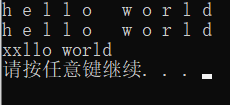
1.4 string插入和删除
功能描述:
- 对string字符串进行插入和删除字符操作
函数原型:
string& insert(int pos, const char* s);//插入字符串string& insert(int pos, const string& str);//插入字符串string& insert(int pos, int n, char c);//在指定位置插入n个字符cstring& erase(int pos, int n = npos);//删除从Pos开始的n个字符
示例:
//字符串插入和删除
int main() {
string str = "hello";
str.insert(1, "111");
cout << str << endl;
str.erase(1, 3); //从1号位置开始3个字符
cout << str << endl;
return 0;
}
**总结:**插入和删除的起始下标都是从0开始

1.5 string赋值操作
功能描述:
- 给string字符串进行赋值
赋值的函数原型:
string& operator=(const char* s);//char*类型字符串 赋值给当前的字符串string& operator=(const string &s);//把字符串s赋给当前的字符串string& operator=(char c);//字符赋值给当前的字符串string& assign(const char *s);//把字符串s赋给当前的字符串string& assign(const char *s, int n);//把字符串s的前n个字符赋给当前的字符串string& assign(const string &s);//把字符串s赋给当前字符串string& assign(int n, char c);//用n个字符c赋给当前字符串
示例:
#include <iostream>
#include <string>
using namespace std;
int main() {
//赋值
string str1;
str1 = "hello world";
cout << "str1 = " << str1 << endl;
string str2;
str2 = str1;
cout << "str2 = " << str2 << endl;
string str3;
str3 = 'a';
cout << "str3 = " << str3 << endl;
string str4;
str4.assign("hello c++");
cout << "str4 = " << str4 << endl;
string str5;
str5.assign("hello c++",5);
cout << "str5 = " << str5 << endl;
string str6;
str6.assign(str5);
cout << "str6 = " << str6 << endl;
string str7;
str7.assign(5, 'x');
cout << "str7 = " << str7 << endl;
return 0;
}
总结:
string的赋值方式很多,operator= 这种方式是比较实用的
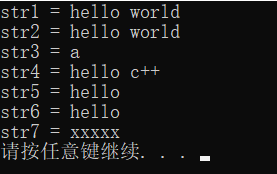
1.5 string字符串拼接
功能描述:
- 实现在字符串末尾拼接字符串
函数原型:
string& operator+=(const char* str);//重载+=操作符string& operator+=(const char c);//重载+=操作符string& operator+=(const string& str);//重载+=操作符string& append(const char *s);//把字符串s连接到当前字符串结尾string& append(const char *s, int n);//把字符串s的前n个字符连接到当前字符串结尾string& append(const string &s);//同operator+=(const string& str)string& append(const string &s, int pos, int n);//字符串s中从pos开始的n个字符连接到字符串结尾
示例:
#include <iostream>
#include <string>
using namespace std;
int main() {
//字符串拼接
string str1 = "我";
str1 += "爱玩游戏";
cout << "str1 = " << str1 << endl;
str1 += ':';
cout << "str1 = " << str1 << endl;
string str2 = "Minecraft";
str1 += str2;
cout << "str1 = " << str1 << endl;
string str3 = "I";
str3.append(" love ");
str3.append("game abcde", 4);
//str3.append(str2);
str3.append(str2, 4, 3); // 从下标4位置开始 ,截取3个字符,拼接到字符串末尾
cout << "str3 = " << str3 << endl;
return 0;
}
总结:字符串拼接的重载版本很多,重点记住几种即可
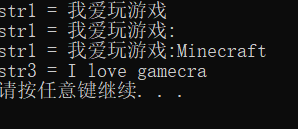
注意:
-
在string尾部追加字符时,s.push_back© / s.append(1, c) / s += 'c’三种的实现方式差不多,一般
情况下string类的+=操作用的比较多,+=操作不仅可以连接单个字符,还可以连接字符串。 -
对string操作时,如果能够大概预估到放多少字符,可以先通过reserve把空间预留好。
1.7 string查找和替换
功能描述:
- 查找:查找指定字符串是否存在
- 替换:在指定的位置替换字符串
函数原型:
int find(const string& str, int pos = 0) const;//查找str第一次出现位置,从pos开始查找int find(const char* s, int pos = 0) const;//查找s第一次出现位置,从pos开始查找int find(const char* s, int pos, int n) const;//从pos位置查找s的前n个字符第一次位置int find(const char c, int pos = 0) const;//查找字符c第一次出现位置string& replace(int pos, int n, const string& str);//替换从pos开始n个字符为字符串strstring& replace(int pos, int n,const char* s);//替换从pos开始的n个字符为字符串s
示例:
//查找和替换
void test01()
{
//查找
string str1 = "abcdefgde";
int pos = str1.find("de");
if (pos == -1)
{
cout << "未找到" << endl;
}
else
{
cout << "pos = " << pos << endl;
}
pos = str1.rfind("de");
cout << "pos = " << pos << endl;
}
void test02()
{
//替换
string str1 = "abcdefgde";
str1.replace(1, 3, "1111");
cout << "str1 = " << str1 << endl;
}
int main() {
test01();
test02();
return 0;
}
总结:
- find找到字符串后返回查找的第一个字符位置,找不到返回-1
- replace在替换时,要指定从哪个位置起,多少个字符,替换成什么样的字符串
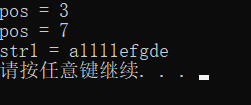
1.8 string子串
功能描述:
- 从字符串中获取想要的子串
函数原型:
string substr(int pos = 0, int n = npos) const;//返回由pos开始的n个字符组成的字符串
示例:
//子串
int main() {
string str = "abcdefg";
string subStr = str.substr(1, 3);
cout << "subStr = " << subStr << endl;
string email = "hello@sina.com";
int pos = email.find("@");
string username = email.substr(0, pos);
cout << "username: " << username << endl;
return 0;
}

1.9 string类对象的容量操作
| 函数名称 | 功能说明 |
|---|---|
| size(重点) | 返回字符串有效字符长度 |
| length | 返回字符串有效字符长度 |
| capacity | 返回空间总大小 |
| empty (重点) | 检测字符串释放为空串,是返回true,否则返回false |
| clear (重点) | 清空有效字符 |
| reserve (重点) | 为字符串预留空间 |
| resize (重点) | 将有效字符的个数该成n个,多出的空间用字符c填充 |
#include<iostream>
#include<string>
using namespace std;
int main()
{
string s("hello world");
cout << "字符串s的长度为:"<<s.size() << endl;
s.resize(20, '!');
cout <<"resize()之后的s:"<< s << endl;
cout << "字符串s的长度为:" << s.size() << endl;
cout << endl;
cout << "字符串s的修改前的容量为为:" << s.capacity() << endl;
s.reserve(95);
cout << "字符串s的修改后的容量为为:" << s.capacity() << endl;
return 0;
}

注意:
-
size()与length()方法底层实现原理完全相同,引入size()的原因是为了与其他容器的接口保持一
致,一般情况下基本都是用size()。 -
clear()只是将string中有效字符清空,不改变底层空间大小。
-
resize(size_t n) 与 resize(size_t n, char c)都是将字符串中有效字符个数改变到n个,不同的是当字
符个数增多时:resize(n)用0来填充多出的元素空间,resize(size_t n, char c)用字符c来填充多出的
元素空间。注意:resize在改变元素个数时,如果是将元素个数增多,可能会改变底层容量的大
小,如果是将元素个数减少,底层空间总大小不变。 -
reserve(size_t res_arg=0):为string预留空间,不改变有效元素个数,当reserve的参数小于
string的底层空间总大小时,reserver不会改变容量大小。
2. string类的模拟实现
上面已经对string类进行了简单的介绍,大家只要能够正常使用即可。在面试中,面试官总喜欢让我们自己
来模拟实现string类,最主要是实现string类的构造、拷贝构造、赋值运算符重载以及析构函数。
这里主要把最主要的几个函数接口实现特殊拿出来处理,其他的完整实现就放在最下面的mini版string完整代码中
实现string的构造
string的构造有很多,我们没必要全部实现,只需实现最主要的即可!
下面我们用一个缺省的构造函数,可以实现无参和有参字符串的构造。
为了避免和C++标椎库中的string冲突,我们可以用命名空间封装起来,下面全部的模拟实现都在该命名空间中
namespace hdm
{
class string
{
public:
//构造函数
string(const char* str = "")
{
_size = strlen(str);
_capacity = _size;
_str = new char[_capacity + 1];
strcpy(_str, str);
}
private:
char * _str;
size_t _size;
size_t _capacity;
const static size_t npos = -1;
};
}
实现string的析构函数
析构函数相对来说比较简单,我们只需要对字符串的空间进行释放即可
~string()
{
delete[]_str;
_str = nullptr;
_capacity = _size = 0;
}
实现reserve和resize
reserve是为字符串预留空间,简单来说就是用来预先开辟好空间(扩容),避免后续频繁扩容。
resize是将有效字符的个数该成n个,多出的空间用字符c填充,具体代码如下
注意:resize要分情况讨论
void reserve(size_t n)
{
if (n > _capacity)
{
char * tem = new char[n + 1];
strcpy(tem, _str);
delete[] _str;
_str = tem;
_capacity = n;
}
}
void resize(size_t n, const char c)
{
if (n > _capacity)
{
reserve(n);
for (size_t i = _size; i < n; ++i)
{
push_back(c);
}
}
else if (n > _size)
{
for (size_t i = _size; i < n; ++i)
{
push_back(c);
}
}
_size = n;
_str[_size] = '\0';
}
实现string的拷贝构造
string的拷贝构造有两种写法
-
老老实实中规中矩的写法
重新开辟一个空间,将字符串拷贝到新空间上
//传统写法
string(const string& s)
{
_str = new char[s._capacity + 1];
_capacity = s._capacity;
_size = s._size;
strcpy(_str, s._str);
}
- 现代写法
可以叫工具人写法,直接用要拷贝对象的字符串来构造一个临时对象,然后用它来交换即可
//现代写法
string(const string &s)
:_str(nullptr)
, _size(0)
, _capacity(0)
{
string tem(s._str);
swap(tem);
}
void swap(string& s)
{
std::swap(_str, s._str);
std::swap(_size, s._size);
std::swap(_capacity, s._capacity);
}
实现string赋值运算符重载
string的赋值运算符重载也有两种方式实现
- 老老实实中规中矩的写法
自己开空间,自己拷贝数据
//传统写法
string& operator=(const string &s)
{
if (this != &s)
{
char * tem = new char[s._capacity + 1];
strcpy(tem, s._str);
delete[] _str;
_str = tem;
_capacity = s._capacity;
_size = s._size;
}
return *this;
}
- 现代写法
也是工具人写法,本质上跟拷贝构造一个道理
//现代写法
string& operator=(string s)
{
swap(s);
return *this;
}
void swap(string& s)
{
std::swap(_str, s._str);
std::swap(_size, s._size);
std::swap(_capacity, s._capacity);
}
实现string的insert函数
string的insert函数有两个,一种是插入一个字符,另一种是插入一个字符串
其中插入一个字符相对来说比较简单,对于插入一个字符串的边界处理比较考验对代码的把控。
- 插入一个字符
// 在pos位置上插入字符c
string& insert(size_t pos, char c)
{
assert(pos <= _size);
if (_size == _capacity)
{
size_t newcapacity = _capacity == 0 ? 4 : _capacity * 2;
reserve(newcapacity);
}
for (size_t i = _size + 1; i > pos; --i)
{
_str[i] = _str[i - 1];
}
_str[pos] = c;
_size++;
return *this;
}
- 插入一个字符串
// 在pos位置上插入字符串str
string& insert(size_t pos, const char* str)
{
assert(pos <= _size);
size_t len = strlen(str);
if (_size + len >= _capacity)
{
reserve(_size + len);
}
size_t end = _size + len;
while (end > pos + len - 1)//将pos到_size中的字符往后移
{
_str[end] = _str[end - len];
--end;
}
strncpy(_str + pos, str, len);//在pos位置插入str
_size += len;
return *this;
}
mini版string完整代码
#include<iostream>
#include<assert.h>
using namespace std;
namespace hdm
{
class string
{
public:
typedef char* iterator;//迭代器
string(const char* str = "")
{
_size = strlen(str);
_capacity = _size;
_str = new char[_capacity + 1];
strcpy(_str, str);
}
//传统写法
/*string(const string& s)
{
_str = new char[s._capacity + 1];
_capacity = s._capacity;
_size = s._size;
strcpy(_str, s._str);
}
*/
//现代写法
string(const string &s)
:_str(nullptr)
, _size(0)
, _capacity(0)
{
string tem(s._str);
swap(tem);
}
//传统写法
//string& operator=(const string &s)
//{
// if (this != &s)
// {
// char * tem = new char[s._capacity + 1];
// strcpy(tem, s._str);
// delete[] _str;
// _str = tem;
// _capacity = s._capacity;
// _size = s._size;
// }
// return *this;
//}
//现代写法
string& operator=(string s)
{
swap(s);
return *this;
}
~string()
{
delete[] _str;
_str = nullptr;
_capacity = _size = 0;
}
char& operator[](size_t index)
{
assert(index < _size);
return _str[index];
}
const char& operator[](size_t index)const
{
assert(index < _size);
return _str[index];
}
const char* c_str()const
{
return _str;
}
// iterator
iterator begin()const
{
return _str;
}
iterator end()const
{
return _str + _size;
}
// modify
void push_back(char c)
{
if (_capacity == _size)
{
size_t newcapacity = _capacity == 0 ? 4 : _capacity * 2;
char *tem = new char[newcapacity + 1];
_str = tem;
_capacity = newcapacity;
}
_str[_size++] = c;
_str[_size] = '\0';
}
string& operator+=(char c)
{
push_back(c);
return *this;
}
void append(const char* str)
{
size_t len = strlen(str);
if (_size + len > _capacity)
{
reserve(_size + len);
}
strcpy(_str + _size, str);
_size += len;
}
string& operator+=(const char* str)
{
append(str);
return *this;
}
void clear()
{
_size = 0;
_str[0] = '\0';
}
void swap(string& s)
{
std::swap(_str, s._str);
std::swap(_size, s._size);
std::swap(_capacity, s._capacity);
}
// capacity
size_t size()const
{
return _size;
}
size_t capacity()const
{
return _capacity;
}
bool empty()const
{
return _size == 0;
}
void resize(size_t n, char c = '\0')
{
if (n>_capacity)
{
reserve(n);
memset(_str + _size, c, n - _size);
}
else if (n<_capacity && n>_size)
{
memset(_str + _size, c, n - _size);
}
_size = n;
_str[n] = '\0';
}
void reserve(size_t n)
{
if (n > _capacity)
{
char *tem = new char[n + 1];
strcpy(tem, _str);
delete[] _str;
_str = tem;
_capacity = n;
}
}
//relational operators
bool operator<(const string& s)const
{
return !(*this>s);
}
bool operator<=(const string& s)const
{
return *this < s || *this == s;
}
bool operator>(const string& s)const
{
if (strcmp(_str, s._str) > 0)
{
return true;
}
return false;
}
bool operator>=(const string& s)const
{
return !(*this <= s);
}
bool operator==(const string& s)const
{
return strcmp(_str, s._str) == 0;
}
bool operator!=(const string& s)const
{
return !(*this == s);
}
// 返回c在string中第一次出现的位置
size_t find(char c, size_t pos = 0) const
{
for (size_t i = pos; i < _size; ++i)
{
if (_str[i] == c)
{
return i;
}
}
return npos;
}
// 返回子串s在string中第一次出现的位置
size_t find(const char* s, size_t pos = 0) const
{
char* tem=strstr(_str + pos, s);
return tem - _str;;
}
// 在pos位置上插入字符c
string& insert(size_t pos, char c)
{
assert(pos <= _size);
if (_size == _capacity)
{
size_t newcapacity = _capacity == 0 ? 4 : _capacity * 2;
reserve(newcapacity);
}
for (size_t i = _size + 1; i > pos; --i)
{
_str[i] = _str[i - 1];
}
_str[pos] = c;
_size++;
return *this;
}
// 在pos位置上插入字符串str
string& insert(size_t pos,const char* str)
{
assert(pos <= _size);
size_t len = strlen(str);
if (_size + len >= _capacity)
{
reserve(_size + len);
}
size_t end = _size + len;
while (end > pos+len-1)
{
_str[end] = _str[end-len];
--end;
}
strncpy(_str + pos, str, len);
_size += len;
return *this;
}
// 删除pos位置上的元素
string& erase(size_t pos, size_t len=npos)
{
assert(pos < _size);
if (pos + len>_size)
{
_str[pos] = '\0';
_size = pos;
}
else
{
strncpy(_str + pos, _str + pos + len, _size-len+1);
_size -= len;
}
return *this;
}
private:
char* _str;
size_t _capacity;
size_t _size;
const static size_t npos = -1;
};
ostream& operator<< (ostream& out, string & s)
{
for (size_t i = 0; i < s.size(); ++i)
{
out << s[i];
}
return out;
}
istream& operator>>(istream& in, string&s)
{
s.clear();
char buff[128] = { '\0' };
char ch = in.get();
int i = 0;
while (ch != ' '&& ch != '\n')
{
if (i == 127)
{
s += buff;
i = 0;
}
buff[i++] = ch;
ch = in.get();
}
if (i > 0)
{
buff[i] = '\0';
s += buff;
}
return in;
}
}




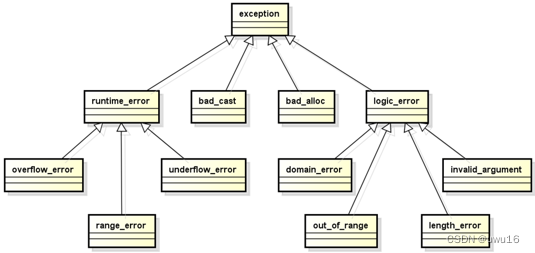

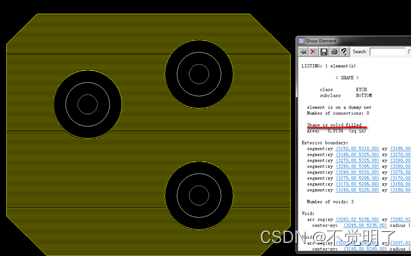


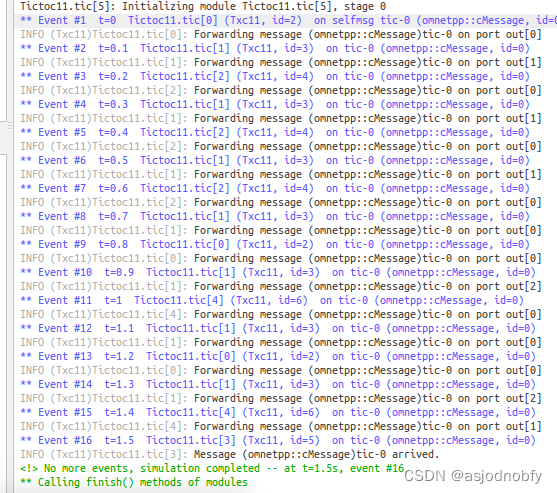





![[附源码]计算机毕业设计springboot课室预约系统](https://img-blog.csdnimg.cn/2237d3eec6c243ea81843afe77282265.png)
